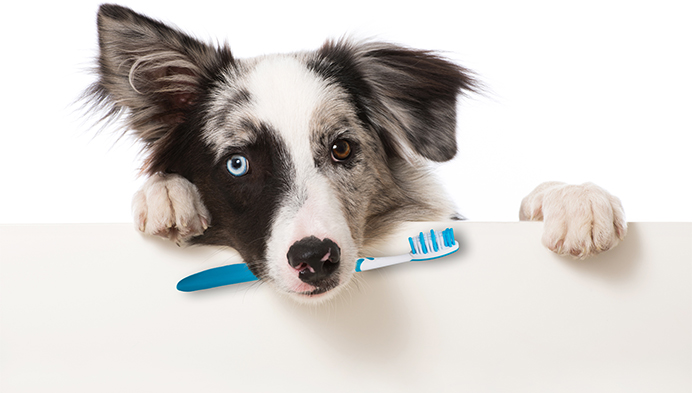
Your Dog and Cat Need Teeth Cleaning Just Like You
Your pet’s oral health is just like yours. Imagine what your teeth will look like if you did not brush your teeth daily or have your teeth cleaned for several years. Many people complain that their pet’s breath is really bad. Bad breath is the first sign of developing periodontal disease. If you do not clean your pet’s teeth, your pet may develop periodontal disease. The infection in the mouth can be harmful to your pet’s heart, kidneys and other organs. Importantly, dental infection could cause your dog or cat to be in pain and lead to teeth extractions that is painful for your pet and costly to you.
How often should I clean my dog or cat’s teeth?
Your pets’ teeth should be cleaned once a year. Depending on your pet’s dental health, more frequent cleanings may be recommended. Prevention is the key to good oral health.
How much does a dental cleaning cost for a dog or cat?
Basic dental cleaning at Vetsavers Pet Hospital is $199. This includes ultrasonic scaling and polishing teeth under general anesthesia. Any extractions or endodontic procedures will be at an additional charge. Additional charges apply for pre-anesthetic blood test, take home antibiotics and pain medications.
What are the risks of having my dog or cat’s teeth cleaned?
Because your pet will have to go under anesthesia during the dental cleaning procedure, there are inherent risks associated with any anesthetic procedure. However, the health benefit of keeping your pet’s teeth clean outweighs the anesthetic risk.
We make every effort to reduce the risk for your pet. First, before your dog or cat is scheduled for the procedure, we recommend a pre-anesthetic blood test to make sure your pet is in good health. If we find any problems on the blood test, we address those problems before the dental cleaning. This reduces anesthetic risk.
Second, we use the safest anesthetic procedure that is tailored to your pet’s specific need. Third, we monitor your pet with the best monitoring equipment and every patient is monitored from start to finish by a veterinarian and dedicated surgical technician.
What is involved with dog or cat anesthesia teeth cleaning?
Your pet will be given a pre-anesthetic medication to help keep your pet calm. After your pet is relaxed, an IV catheter will be placed so your pet can receive fluids during the dental cleaning. Fluid therapy supports blood pressure and profuse the organs during anesthesia. Next, your pet will be induced for general anesthesia and placed on gas anesthesia for maintenance. Your pet is now ready to have the teeth cleaned.
What is the cleaning procedure for cleaning a dog or cat’s teeth?
Your pet’s teeth will be professionally scaled and polished with an ultrasonic dental cleaning machine. All surfaces of the teeth and under the gum line will be cleaned.
It is important to clean under the gum line to stop the development and progression of periodontal disease.
After the dental cleaning, your pet’s dental health will be recorded in the dental chart.
What are dental radiographs and why are they recommended?
Dental radiographs are the single most important diagnostic tool during a dentistry service. The American Veterinary Dental Colleges recommended standard of care is full mouth radiographs on every dentistry to detect dental disease. During dental radiographs the oral cavity that is evaluated include the tooth itself, the periodontal ligament space, the pulp chamber, the tooth roots, and the bone around the tooth. Subtle to significant changes in these structures indicate varying degrees of dental disease. The most common dental disease found on dental radiographs include periodontal lesions, endodontic lesions, tooth resorption, neoplasia, impacted and nonvital teeth. Based on the radiographic finding the veterinarian can better make recommendations to ensure your pet’s oral cavity is at its healthiest.

